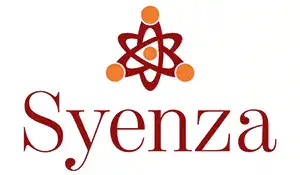Introduction:
Chronic obstructive pulmonary disease (COPD) remains a formidable health challenge, affecting millions and straining healthcare systems globally. The introduction of Ensifentrine marks a significant advancement in the management of COPD, which has the potential to enhance patients’ quality of life and provide better control over their symptoms.
The Burden of COPD
COPD, a collective term for lung diseases like emphysema and chronic bronchitis, is a leading cause of morbidity and mortality. In the US, 16 million individuals grapple with COPD, with the disease claiming the rank of the sixth leading cause of death. Annually, COPD incurs costs nearing $50 billion, driven by hospitalisations and emergency visits. The disease’s symptom burden, including breathlessness and fatigue, severely impairs daily activities, necessitating caregiver support in severe cases.
Current Therapeutic Landscape
COPD management has traditionally hinged on inhaled therapy, smoking cessation, and pulmonary rehabilitation. Bronchodilators, such as long-acting beta-2-agonists (LABA) and antimuscarinics (LAMA), are the therapy mainstays, improving lung function and curbing exacerbations. For patients with high eosinophil counts and frequent exacerbations, inhaled corticosteroids are an option. Despite these treatments, a significant patient cohort continues to experience symptoms, underscoring the need for novel therapeutic avenues.
The Promise of Ensifentrine
Ensifentrine, a new dual inhibitor of PDE3 and PDE4 enzymes, is emerging as a beacon of hope. Administered via nebulizer, it not only relaxes airway muscles but also mitigates inflammation. Clinical trials have showcased its efficacy in enhancing lung function and reducing exacerbation rates by 40%. However, the exclusion of patients on advanced inhaler therapies from these trials invites questions about its efficacy in a broader clinical context.
Economic Implications and Value-Based Healthcare
The cost-effectiveness of Ensifentrine, with an estimated annual price of $18,000, presents incremental ratios of $248,000 per QALY gained and $214,000 per evLY gained. These figures will pivot on the drug’s final pricing, influencing its adoption in healthcare models.
Conclusion:
Ensifentrine provides an element of hope to people who are struggling with COPD as the management of the disease continues to advance. Because of its ability to improve patient outcomes, it has the potential to redefine COPD care, provided that its value is in line with healthcare economics.




